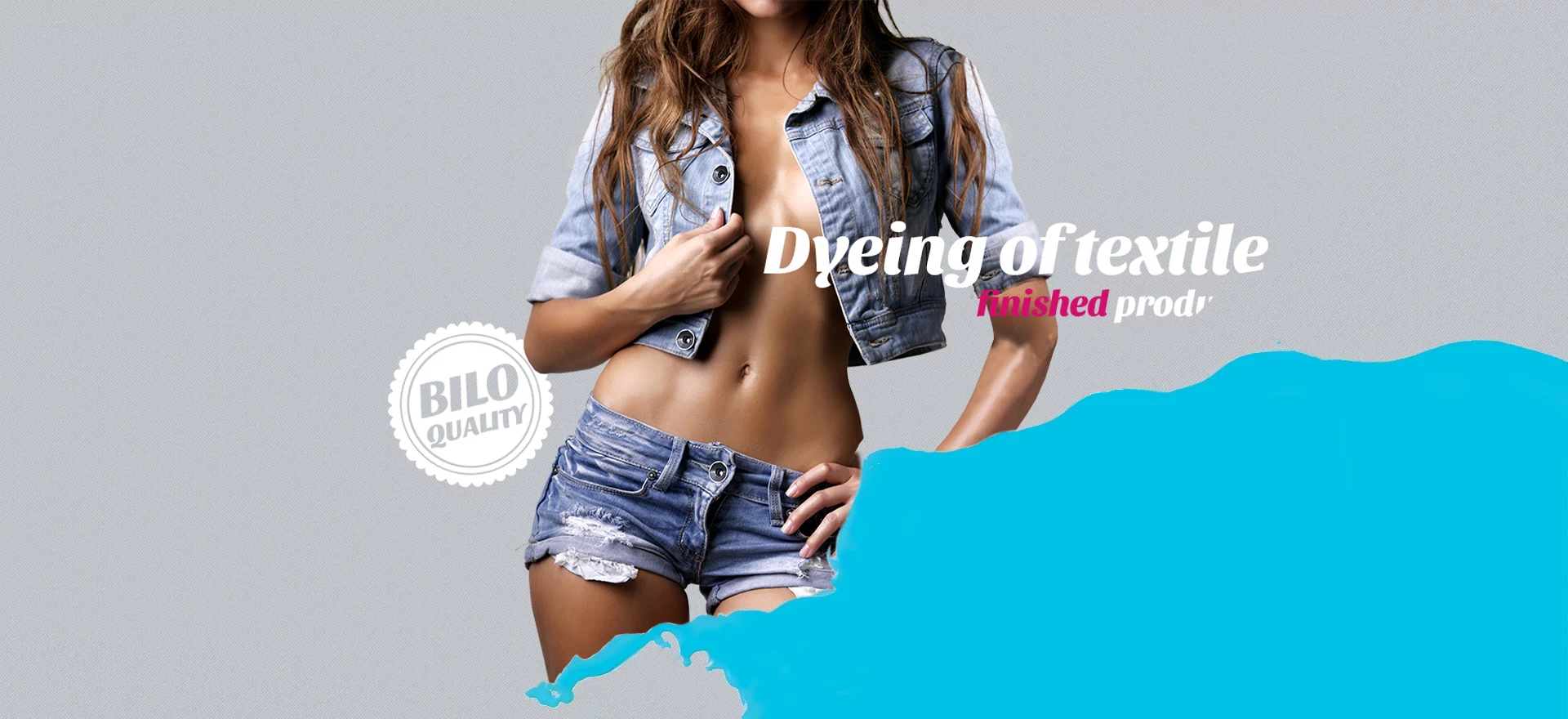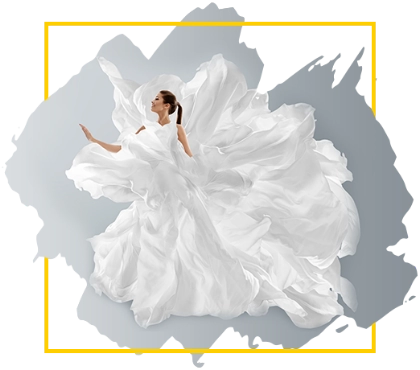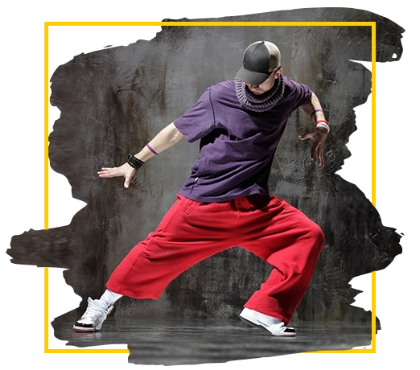Wiskoza to sztuczny materiał produkowany z celulozy, który swoją strukturą przypomina jedwab, ale jest mniej wytrzymały i tańszy. W tym artykule opiszemy, jak farbować wiskozę krok po kroku!
Farbowanie wiskozy krok po kroku
Wiskoza to sztuczny materiał produkowany z celulozy, który swoją strukturą przypomina jedwab, ale jest mniej wytrzymały i tańszy. W tym artykule opiszemy, jak farbować wiskozę krok po kroku!
Krok 1: Przygotowanie materiału i narzędzi
Do farbowania wiskozy najlepiej sprawdzą się farby przeznaczone do tkanin naturalnych lub mieszanki syntetyczno-naturalnych. Stosujemy barwniki bezpośrednie, kadziowe i pigmentowe. Przed rozpoczęciem farbowania konieczne jest dokładne przygotowanie tkaniny. Tkanina musi być czysta i sucha.
Farbowanie tkanin wymaga zabezpieczenia miejsca pracy przed zabrudzeniami. Rozłożenie folii lub starej tkaniny uchroni podłogę czy stół przed trudnym do usunięcia plamami. Przyda się również gumowe rękawice ochronne oraz miarka do odmierzania wody.
Krok 2: Farbowanie tkaniny
Niektóre farby wymagają rozpuszczenia w ściśle określonej ilości wody, a zachowanie proporcji jest kluczowe dla uzyskania trwałych efektów. Materiał należy zanurzyć w roztworze farby, a następnie starannie wymieszać. Ważne jest, aby materiał był równomiernie nasączony farbą – jeśli nie jest całkowicie zanurzony, można go przytrzymać za jeden koniec i delikatnie potrząsać, by farba dotarła do wszystkich jego części. Wiskozę możemy zafarbować na jeden kolor lub stworzyć wzory zgodnie z zamówieniem. Czas farbowania różni się w zależności od użytej farby i może wynosić od 30 minut do 2 godzin. Proces farbowania kontrolujmy, aby uniknąć defektów lub uszkodzenia tkaniny.
Krok 3: Płukanie i suszenie
Po upływie czasu farbowania materiał należy ostrożnie wyjąć z roztworu farby, a następnie opłukać go w zimnej wodzie. Wiskoza może być delikatna, zwłaszcza gdy jest mokra, dlatego warto unikać zbyt mocnego ściskania czy skręcania tkaniny. Osuszony materiał można następnie wyprasować.













